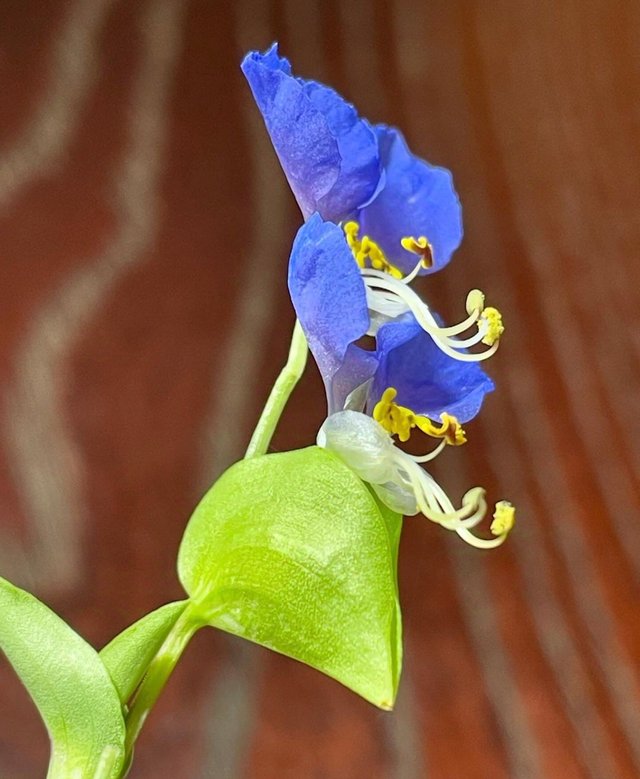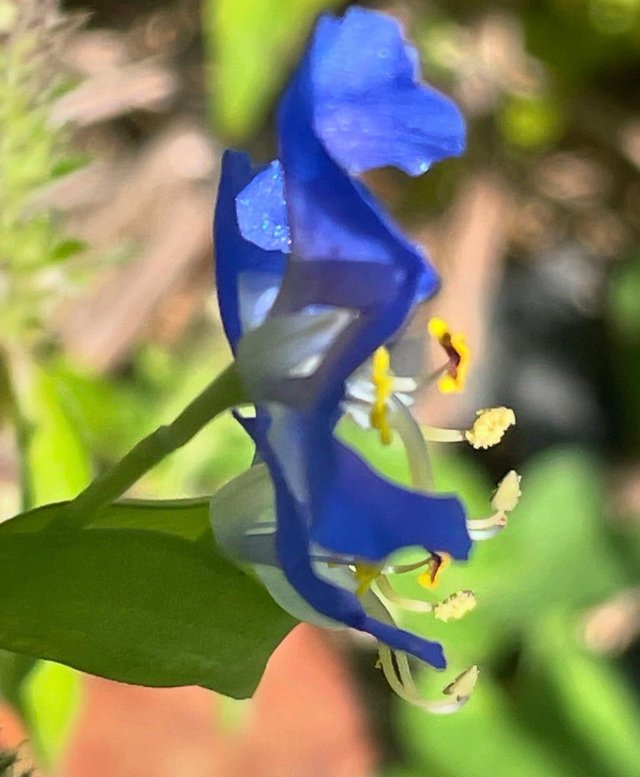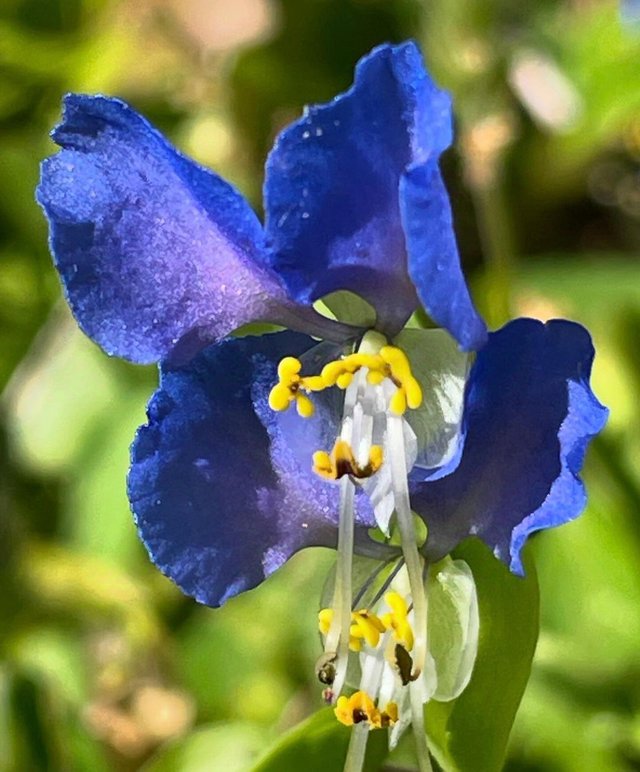Asiatic dayflower




The Asiatic dayflower is a fascinating and beautiful plant that catches attention with its vivid blue flowers. This species belongs to the Commelinaceae family, and as its name suggests, it’s native to East Asia, though it has spread to many parts of the world. It’s an annual herb that thrives in moist, shaded areas, such as the edges of forests, roadsides, and gardens.The Asiatic dayflower’s unique blooms are known for their ephemeral beauty. Each flower only lasts a single day, opening in the morning and wilting by afternoon. The flower has three petals—two large, round, bright blue petals and a third, smaller, white or sometimes blue petal. These colors create a striking contrast, making the Asiatic dayflower easy to spot and appreciated for its delicate, artistic appearance.
Beyond its visual appeal, this plant has a rich history in traditional medicine and art. It has been used in Japanese and Chinese medicine to treat ailments like fevers and burns, thanks to its natural anti-inflammatory properties. Additionally, the blue pigment of the flowers has historically been used as a natural dye, particularly in East Asian art and calligraphy.Though it’s often admired for its beauty and has ecological importance, the Asiatic dayflower is sometimes considered invasive, especially in North America, where it competes with native species. Despite this, the plant is resilient and can even be found growing in disturbed soils, showcasing its adaptability.